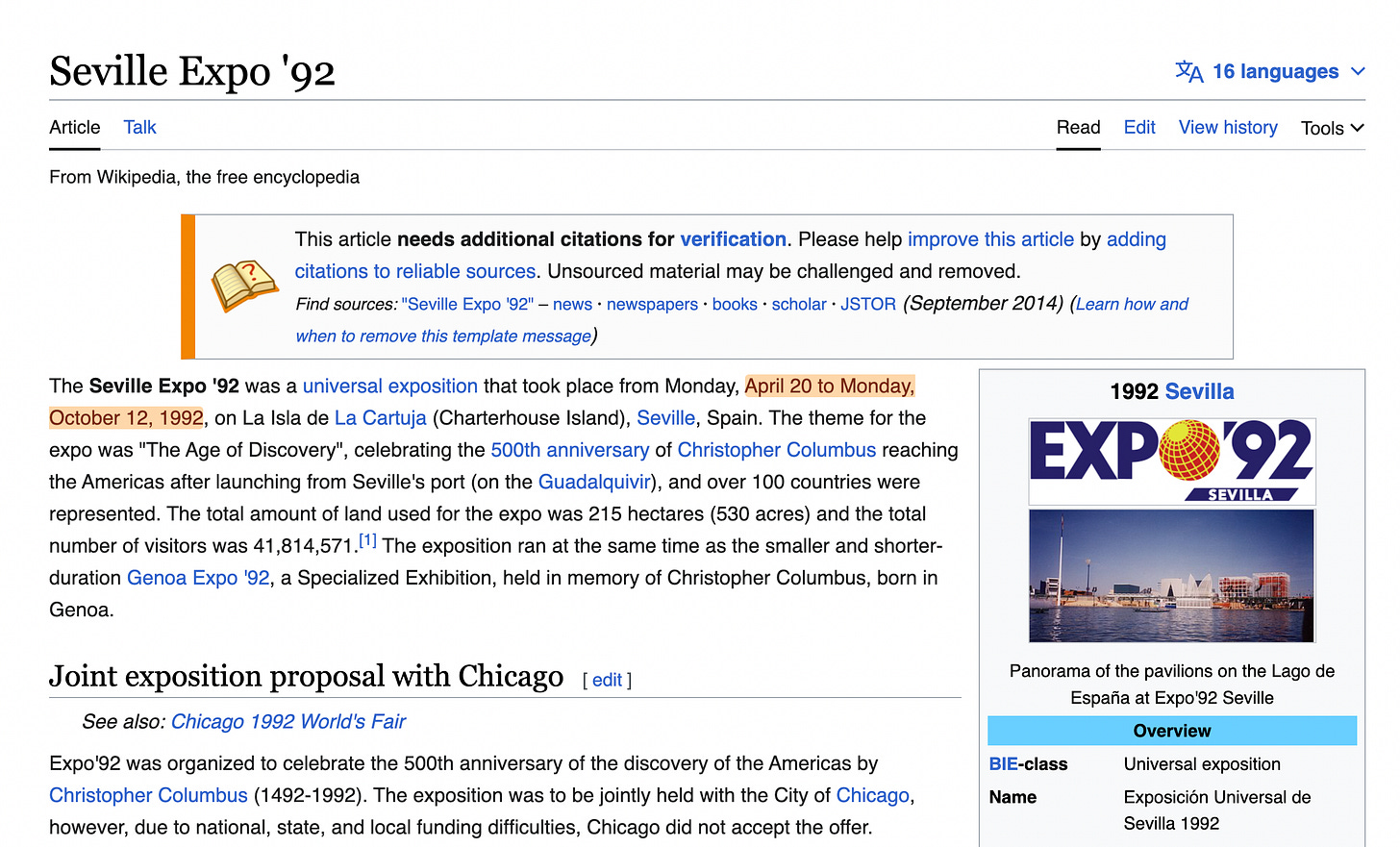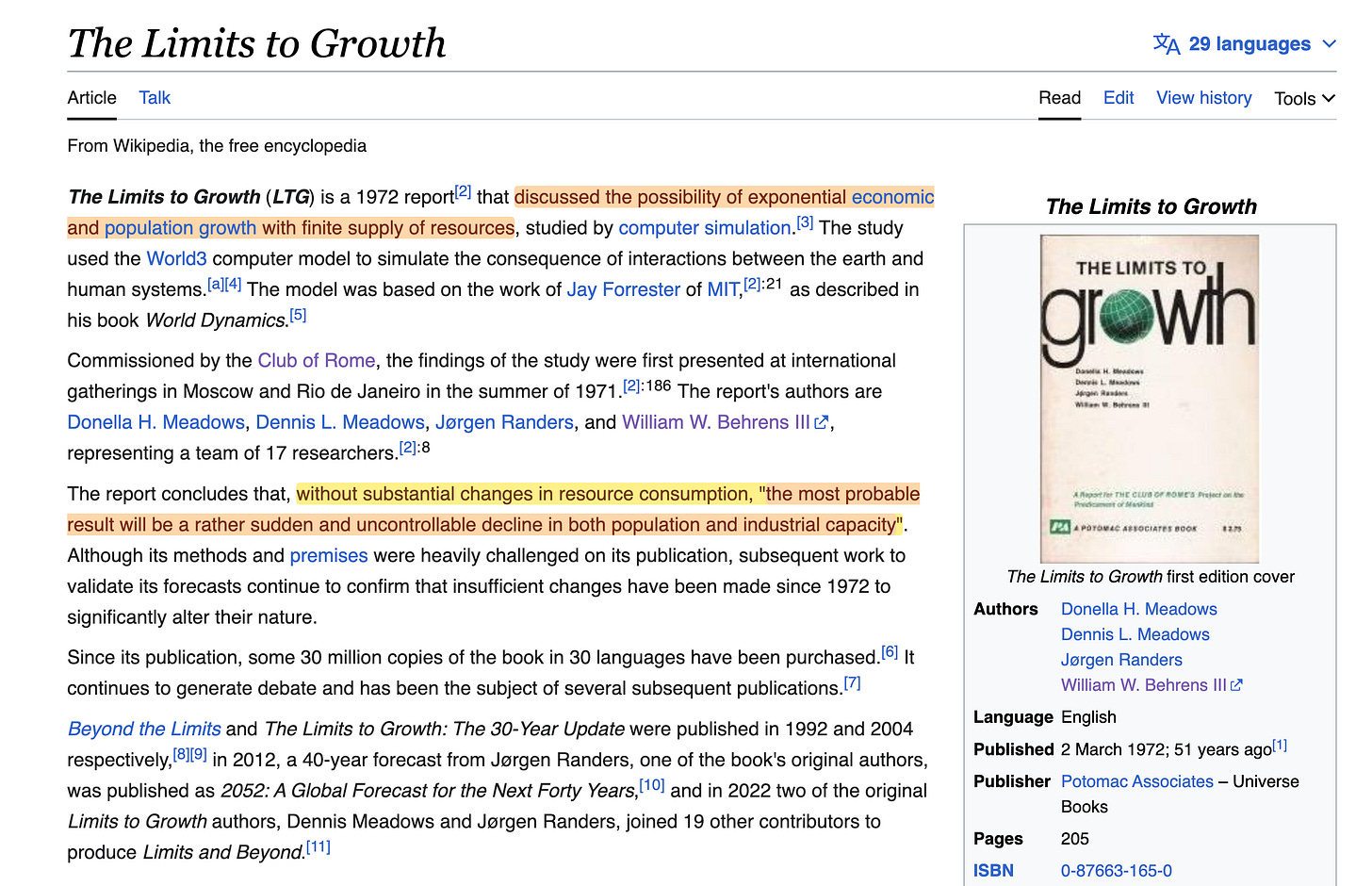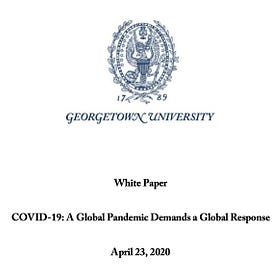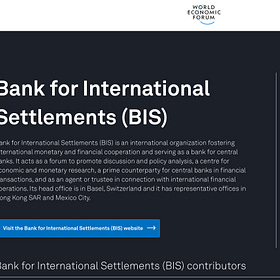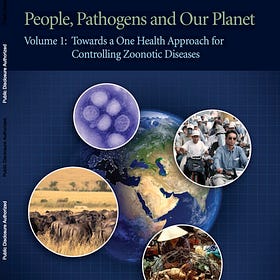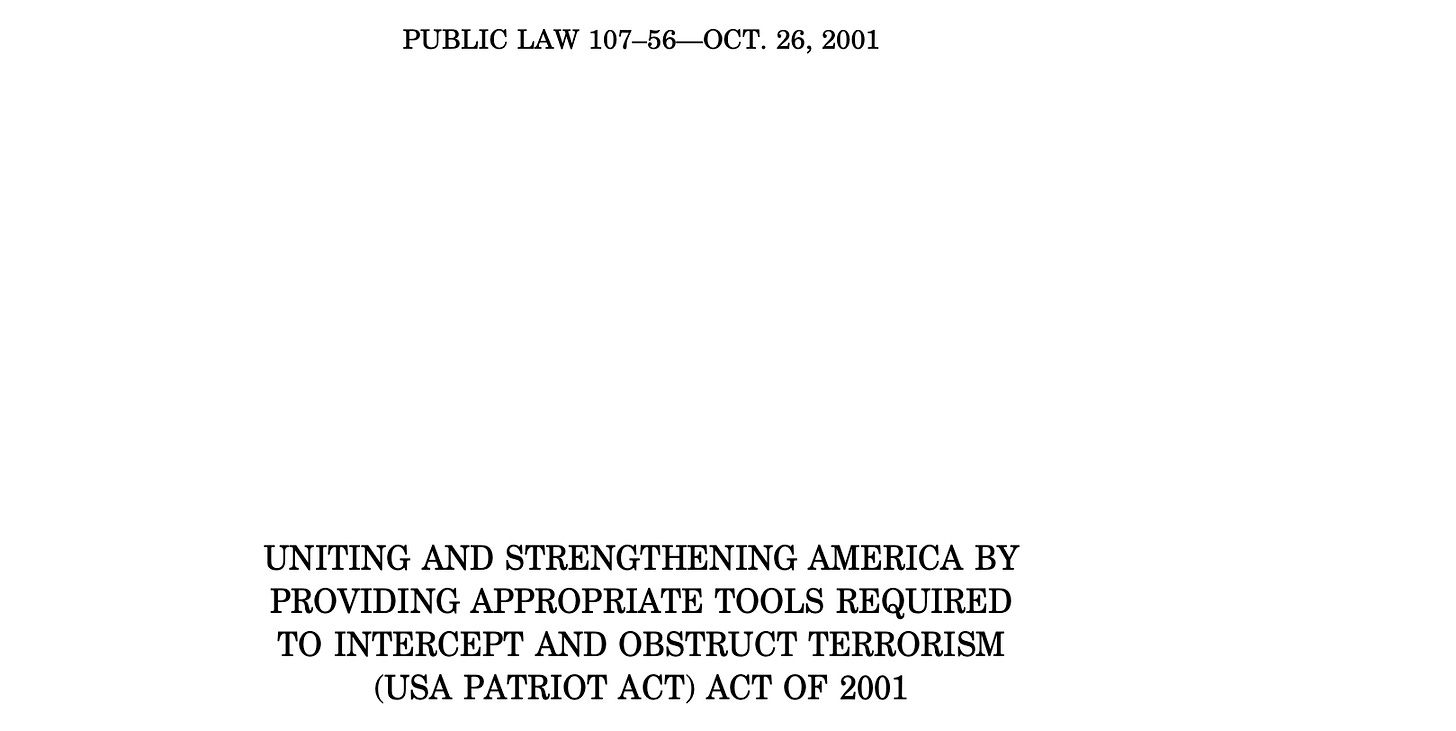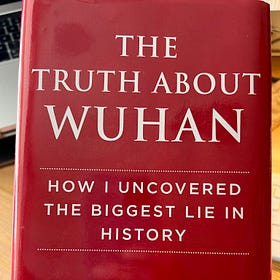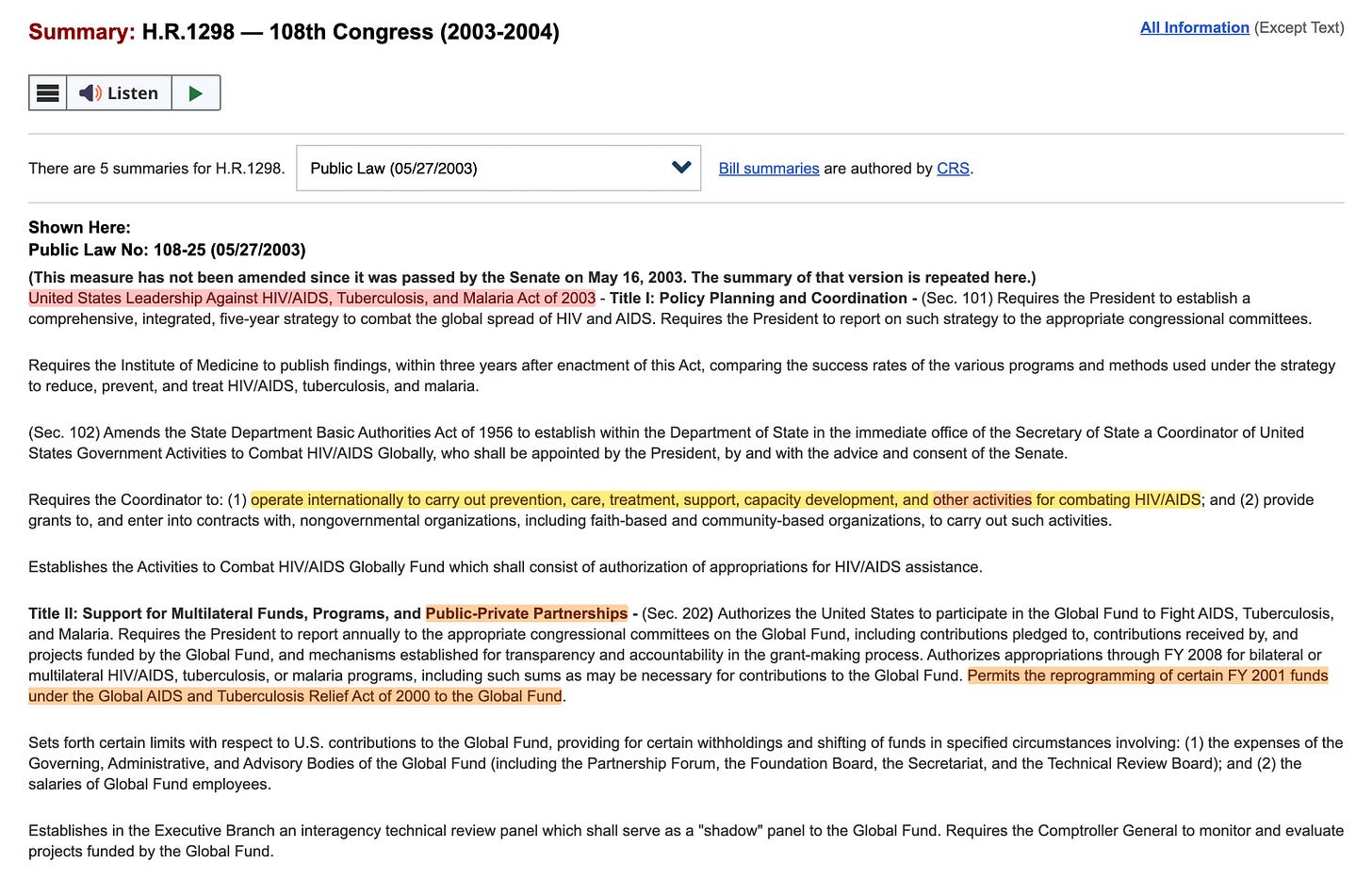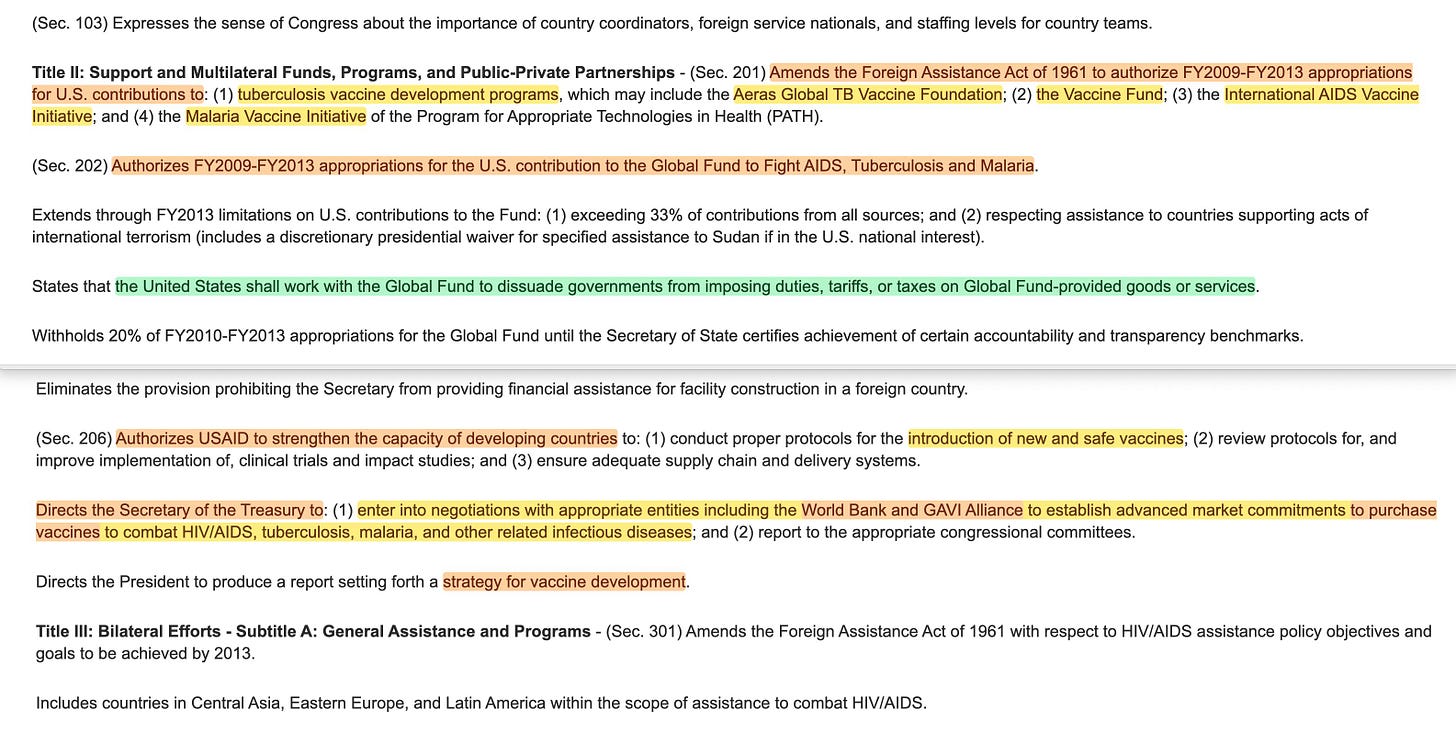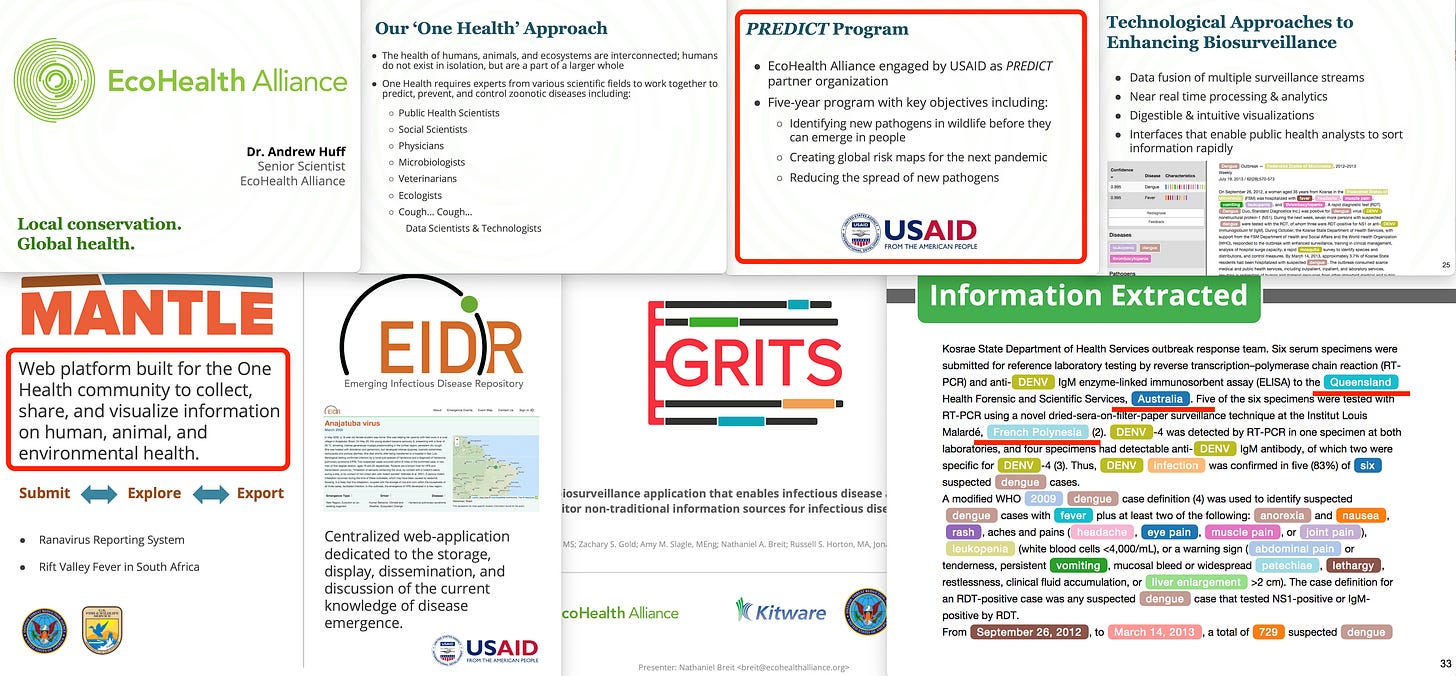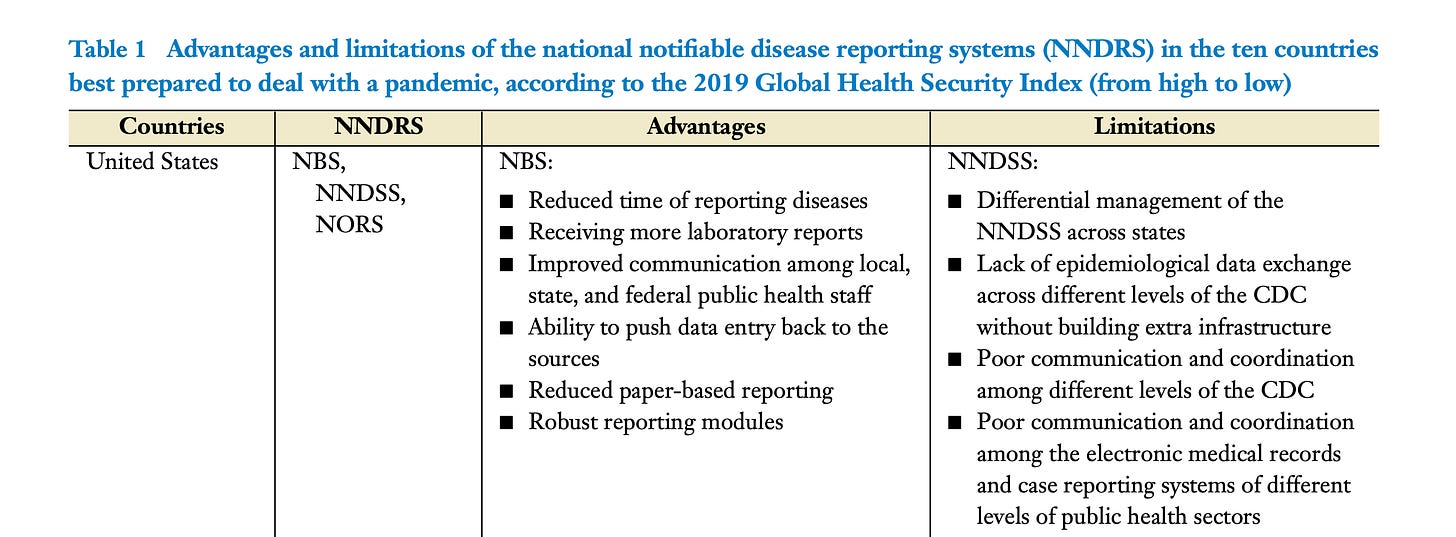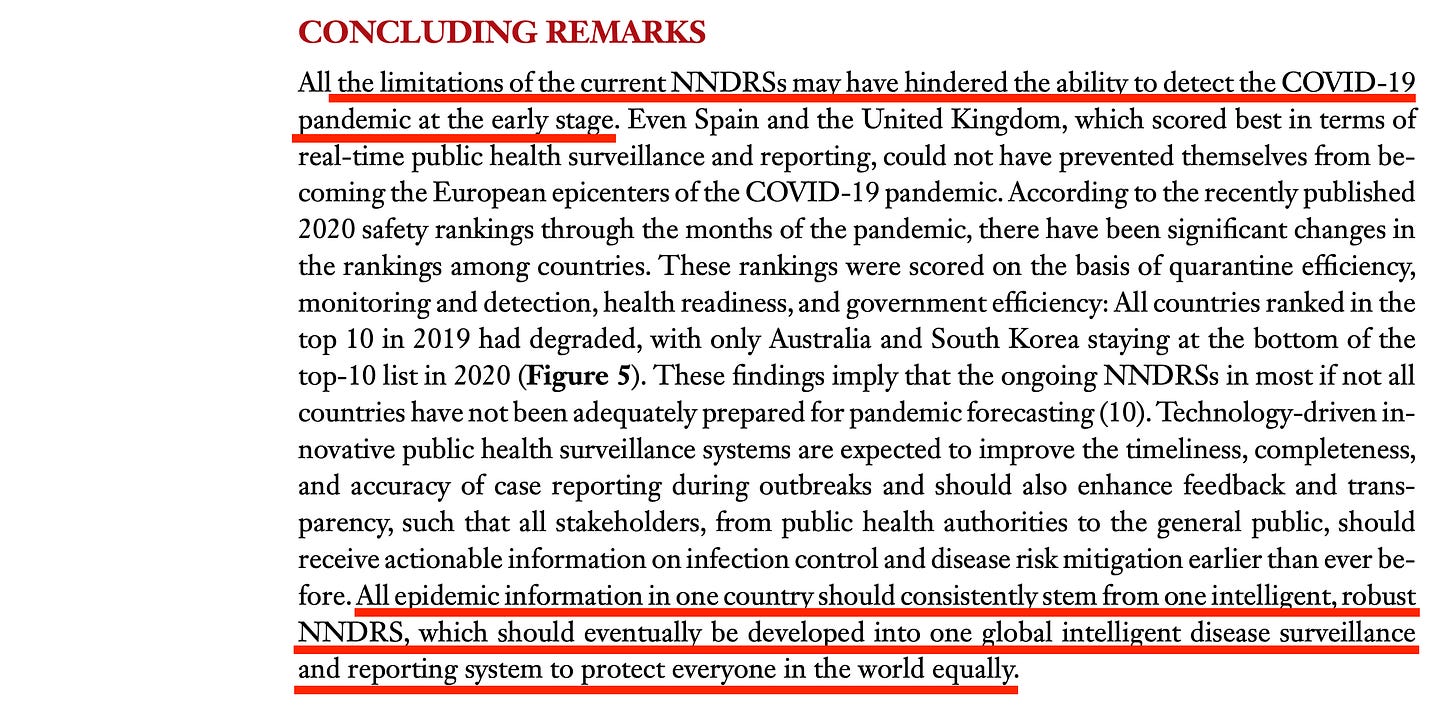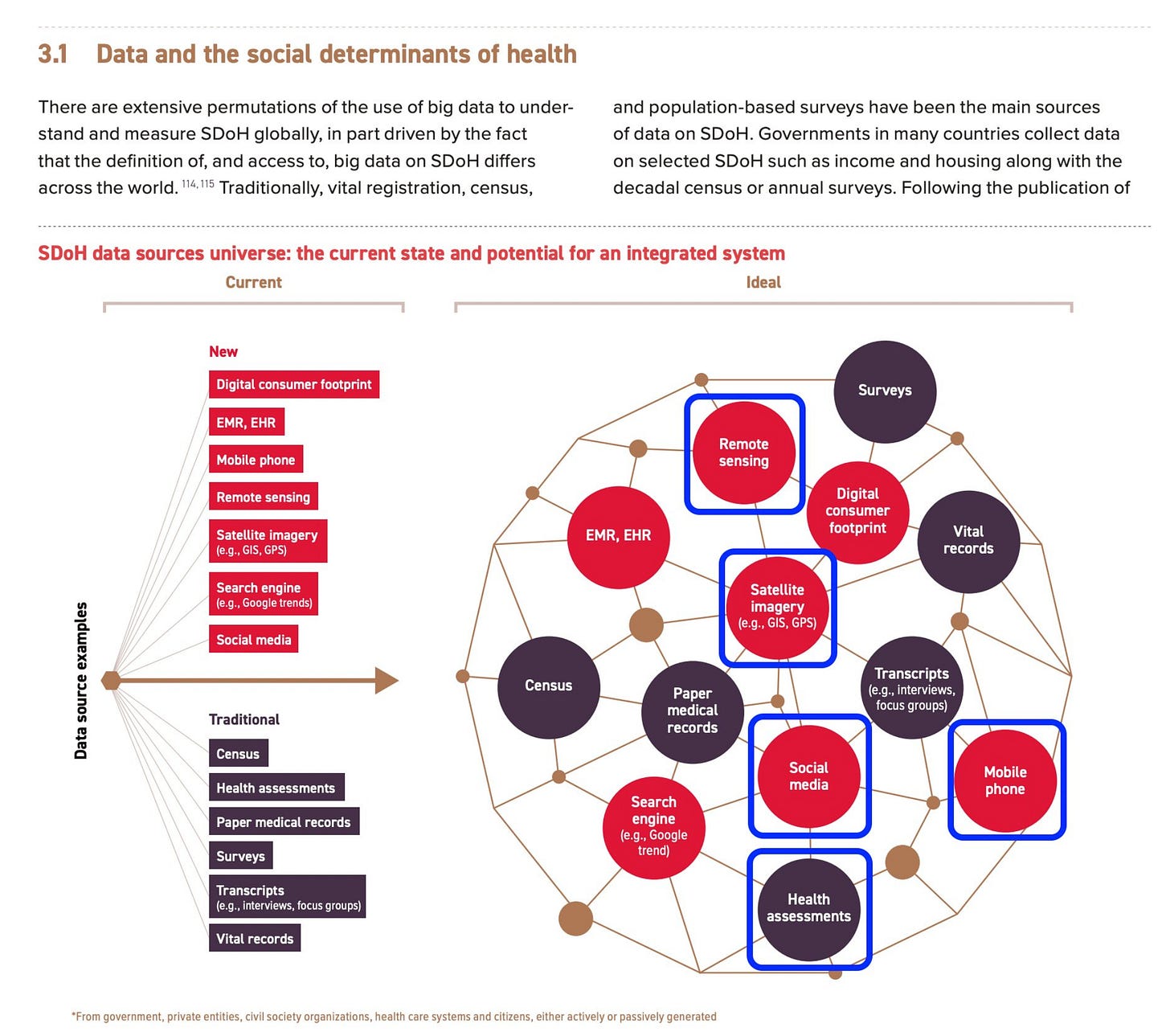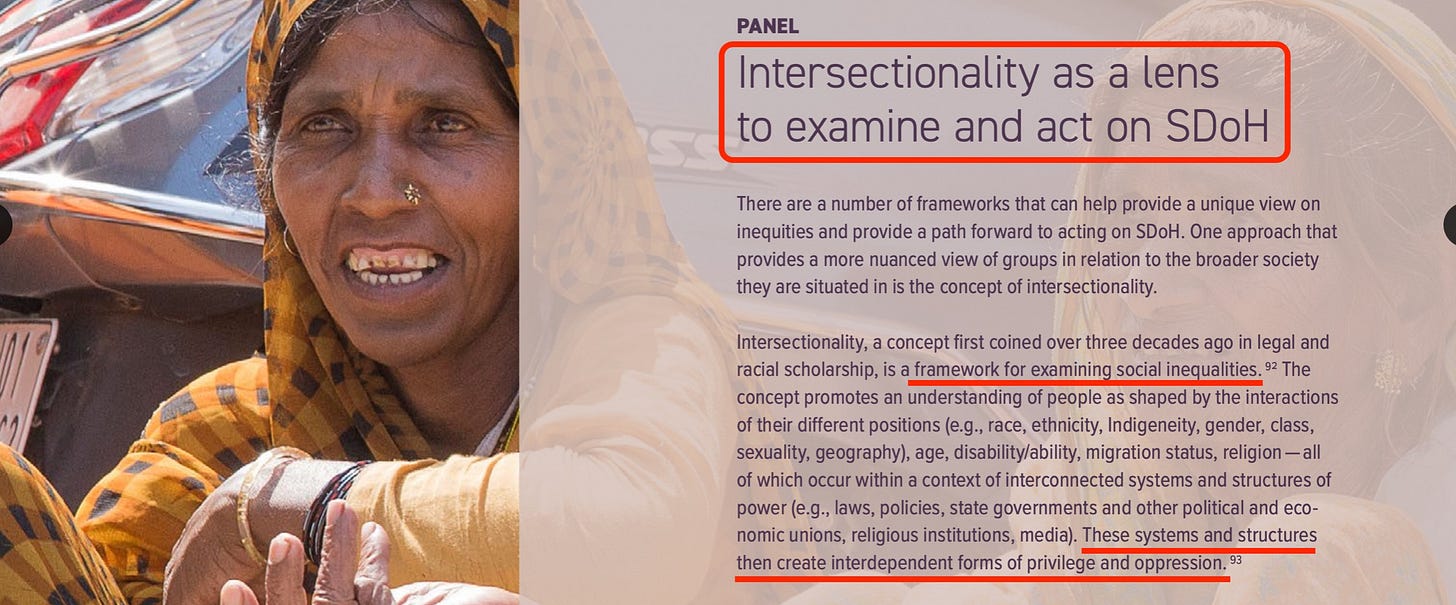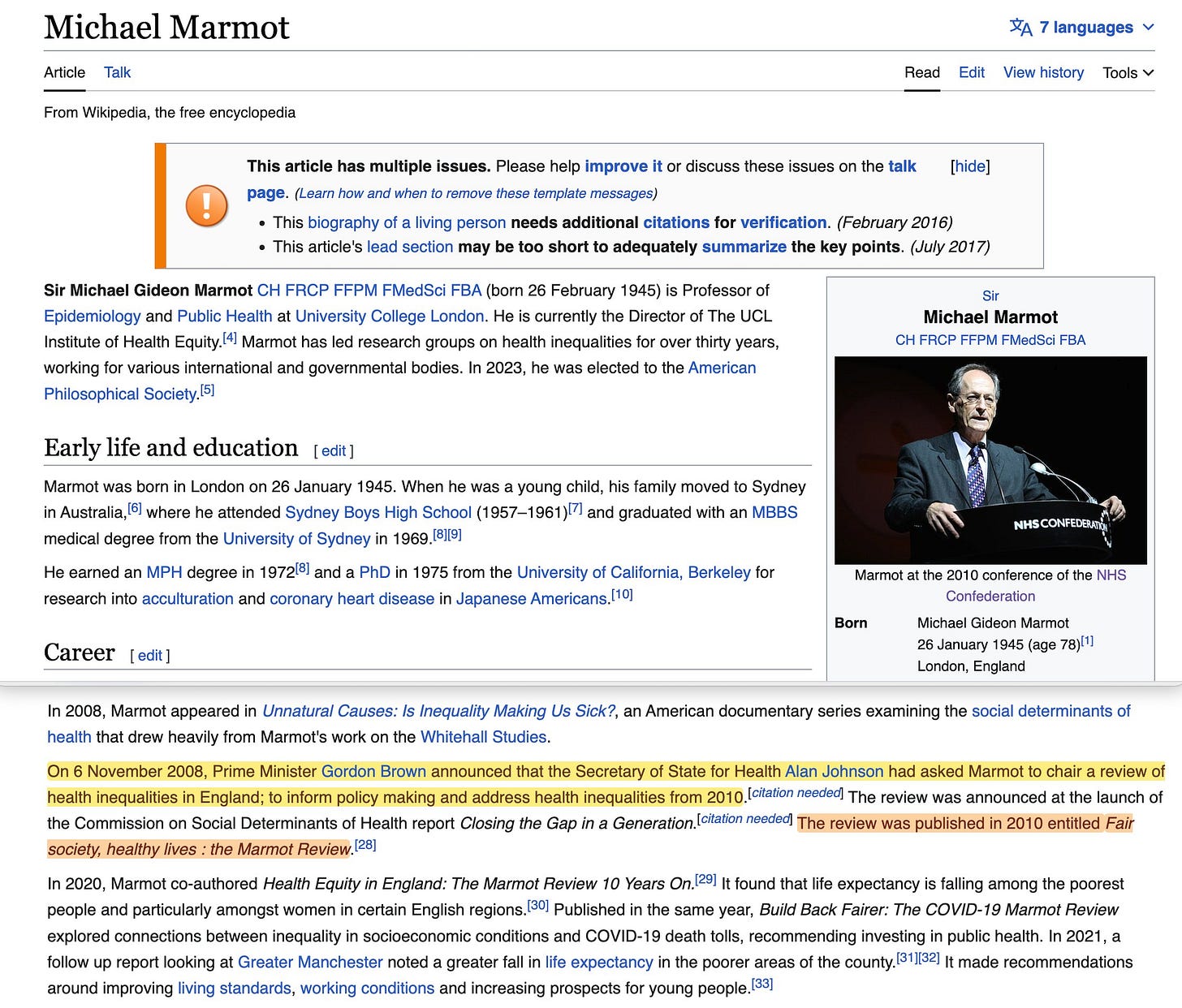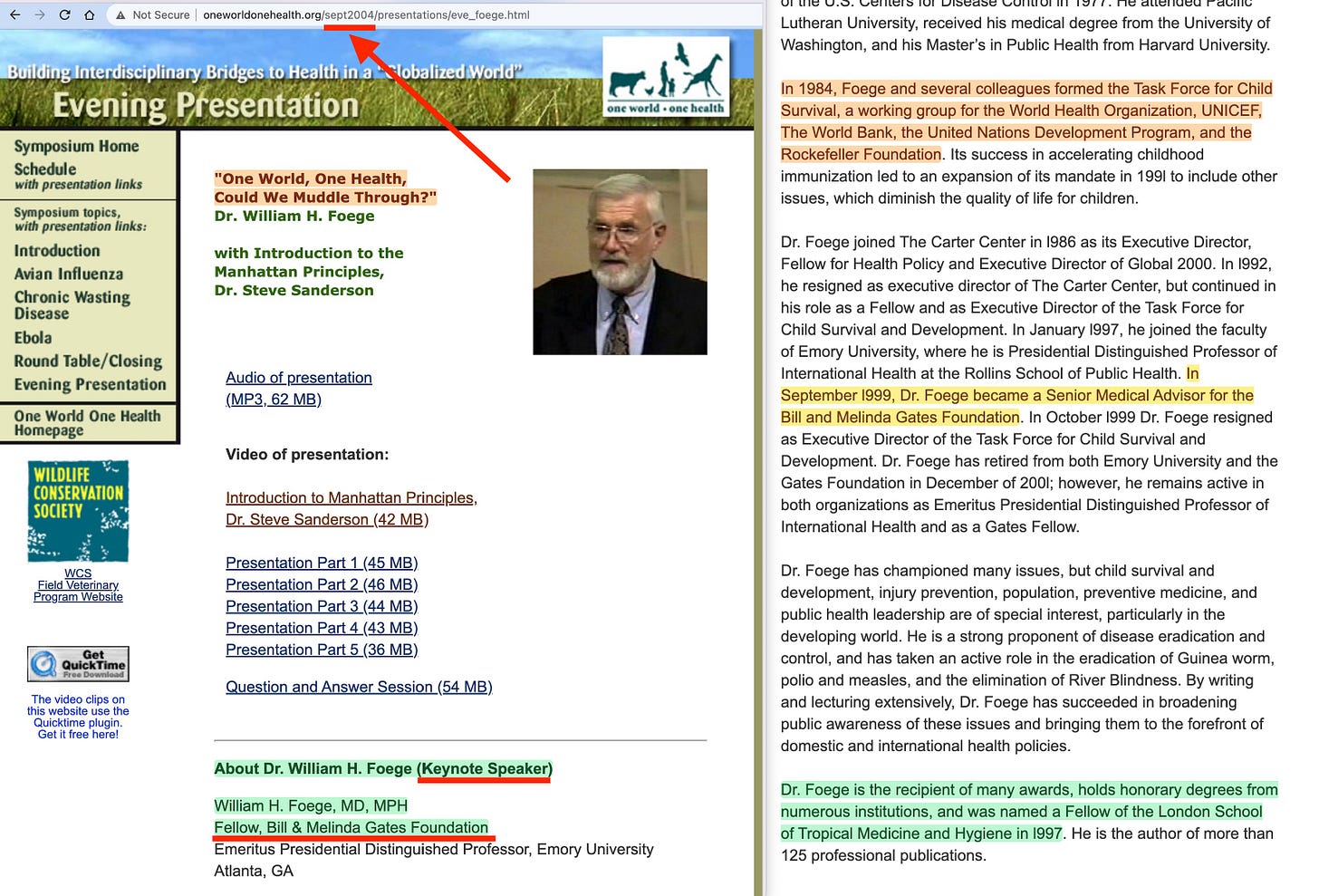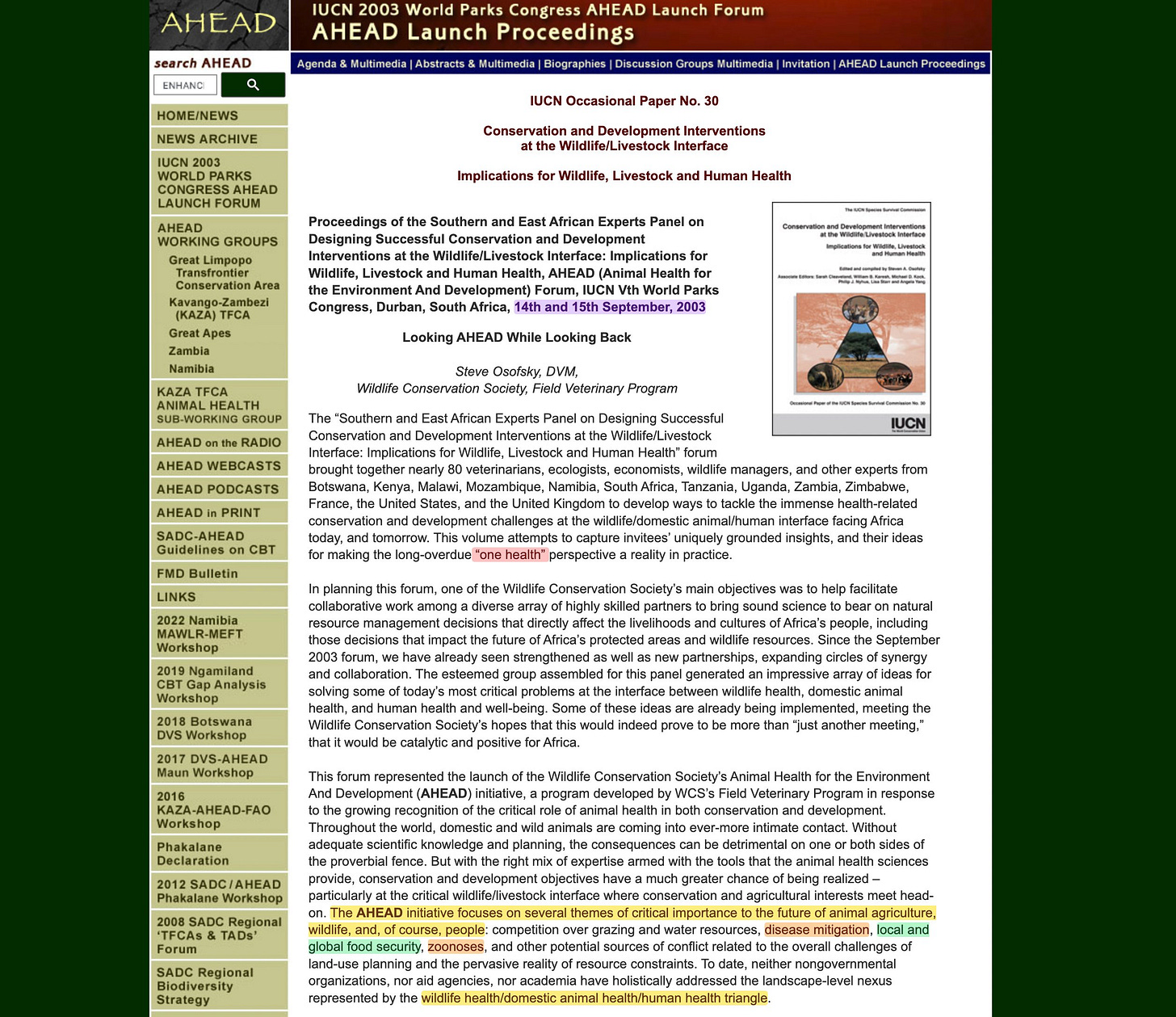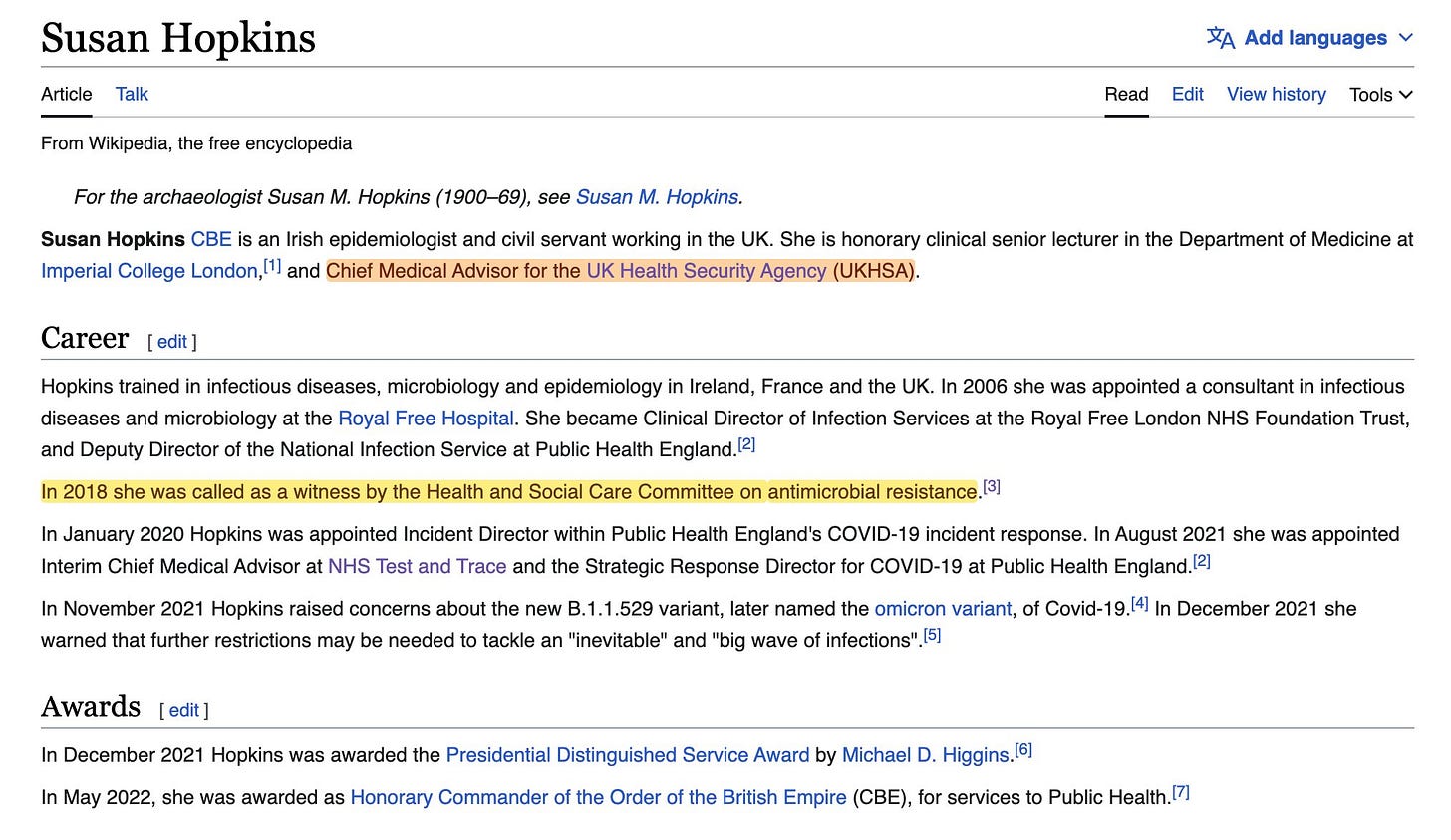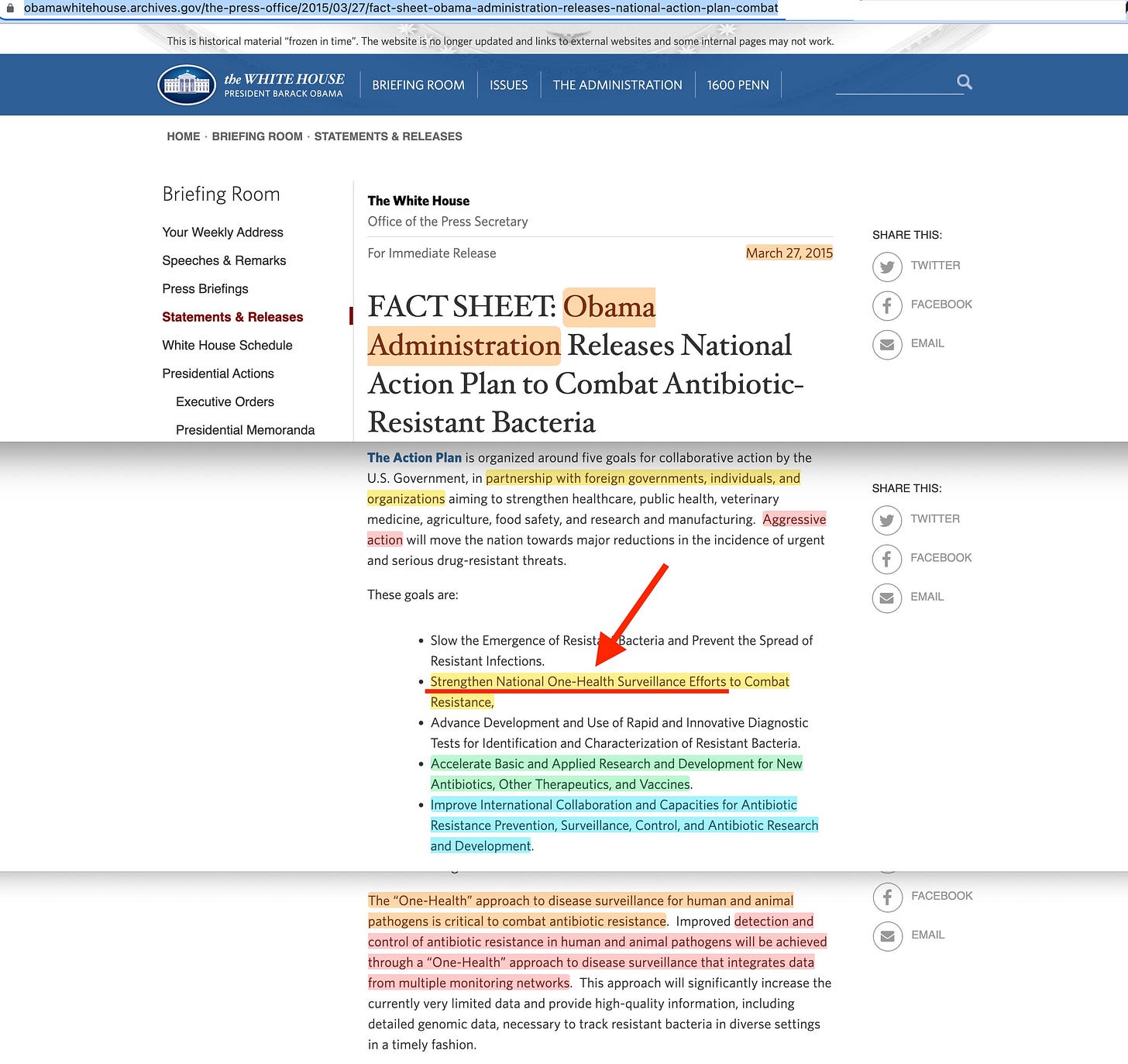One Health - Part 1: 1992 - 2020
Bringing One Health to Covid-19.
-
I grew up in Denmark, and thus, the mere mention of the year 1992 brings back fond memories of sitting 3 inches off the television, and going to the pub a with friends, where we drank to excess and watched football.
See, the year 1992 was when Denmark - against all odds - came from the beach and beat all the favourites to the 1992 European Football Championship title, with a 2-0 victory in the final, courtesy of - let’s be honest - Schmeichel on goal, in the form of his life.
-
But while I personally was distracted with irrelevancies in the greater scheme, the world leaders met up in Rio de Janeiro, to discuss the environment and development. And this global conference took place between the 3rd and 14th of June, 1992.
I think you can guess where I’m going with this. Because - true to form - Euro 1992 kicked off on the 10th, and continued until the 26th of June. Yes, it naturally overlapped events in Rio. It’s how they do things to keep you distracted.
We furthermore also saw the Expo 1992 in Seville heavily promoted at the time; after all, it had been 500 years since Christopher Columbus departed for the Americas.
We also had a minor Expo in Genoa, and the Summer Olympics in Barcelona that summer. Yes, it was a perfect time to hide bad news, because the media would be busy covering just about everything else, but a number of boring meetings featuring men in grey and black suits, driven to and from buildings in Mercedes cars with darkened windows.
What I do personally recall about the Rio meet was, although it was covered, the wording was always very abstract or high level - but then, they did produce a lot of exceedingly boring output in the form of documents stating the same promises we’d heard 20 times before. No, beyond men in suits shaking one another’s hands, and people posing for group photos, not much was really covered about this at all. They want to save the world? So what else is new, and besides, get out of the way, my underdog team is up 1-0.
-
One of the things which did come out of Rio, was this. The 1992 World Scientists’ Warning to Humanity, and that with absolute certainty was a big deal at the time. It was literally everywhere. You could hardly walk outside the door, without being told exactly how much the sky was falling. Because 1,700 of the top technocrats had decided that the sky was falling, and that was simply that - especially, given that some of these technocrats had even won prizes for being stellar technocrats, and said prizes were handed to them by other technocrats, thanking them for their wonderful contributions to technocratic ideals.
Only, of course, they actually put a timeline on the document. See, in 1992, the smartest technocrats unilaterally declared that we had only one or a few decades before the prospects for humanity are immeasurable dimished.
And - ironically - the latter part I somewhat agree with. But not for reasons given.
-
Now, before I go further, I want to put the stakes in the ground. What I will not cover here by and large are events taking place before 1992. Yes, I am aware of Gro Harlem Brundtland’s 1987 paper on ‘Sustainable Development’.
I am also aware of the discussions on population, which kicked off very, very early in the history of the United Nations - before, even - and how the Club of Rome formed in 1968, and released the notorious Malthusian 1972 report on ‘Limits to Growth’.
Because, while they indeed are relevant in this regard, I have to keep the scope limited, because there’s already a lot of miles to cover.
-
It’s very difficult to outline simply what came out of the meeting, because there’s so much ground to cover.
The big one is probably Agenda 21.
And sure, Agenda 21 eventually turned into Agenda 2030, which is otherwise known as the Sustainable Development Goals.
I have covered a number of these in the past, but especially focused on what appears the tiny little detail in SDG 16.9; ‘provide legal identity for all, including birth registration‘ - because, while obscure, this in fact covers for Digital ID in contemporary settings. It might not be declared intent, but every proposal, every debate on the topic, and every bit of legislation conclusively proves this indeed is the intent.
Clare Sullivan
No, this is not a repeat from 2006, when she with Tony Blair’s full cooperation attempted to push through National IDs. Since that ill-fated attempt, Clare has been busy. But this time, covertly so. Because when you want to get things done, better not involve democratic principles.
Yes, by 2030, the plan is for us all to be assigned a digital ID at birth. It’s to run surveillance on you, it’s to introduce CBDCs, and… well, if there’s time… possibly to protect you as well. And money.
Some of my earlier work on surveillance is here, for the record. There is more to this story, but that will be touched upon later on.
The Georgetownian Dystopia
On the 23rd of April, 2020, a whitepaper hit, which by and large has gone completely ignored. It shouldn’t, because it’s one of the worst, and most dystopian papers released during the Scamdemic. It highlights a different side to the alleged covid-19 pandemic, a side which is rarely - if ever - covered in a reasonable way by the MSM. And it’s about surve…
And I also covered CBDCs in the past - this article goes through the BIS, the national central banks, and outlines political buy-in to the concept, without which, they wouldn’t go through allegedly democratic parliaments around the world.
The Bank for International Settlements
On especially all matters CBDCs - all roads leads to Basel. - The BIS has always been of interest to me, ever since I learned of their existence. Primarily in the early days, as it was specifically mentioned by Carroll Quigley’s “Tragedy and Hope”, but more recently, because the IMF and World Bank were supposed to replace it in 1944. In fact, all of their…
And with those references out of the way, let’s get on with the story
-
See, what was also released in 1992, was a paper co-authored by Joshua Lederberg on ‘Emerging Infections: Microbial Threats to Health in the United States‘. And that’s important because it’s very early work on surveillance, in the name of ‘detection, prevention, monitoring, control and mitigation of emerging/resurging diseases‘, which is a fairly common phrase, should you have read not only the Pandemic treaty, but also a range of papers leading up to that document.
No, in many ways, this is the genesis moment of ‘One Health’.
And - sure - it did not include that phrase. In fact, ‘One Health’ on its own was more than a decade away - but the suggestions were a very rough, early outline. It details how antibiotic resistance is a driver of illness, and this calls for a centralised database to track, but we also need improved laboratory testing, education, a trained workforce, and finally, an increased budget for antiviral drug and vaccine research and development, stockpiles, and a social science program to foster behavioural change.
And it even highlights the WHO’s important, central position in all of this.
It is, in short, a very impressively accurate outline of what was eventually detailed in many, many, many documents later on, culminating with the Pandemic Treaty, which - if passed - will legislate the response, globally.
I have previously covered One Health here. There is more to this article, in particular, a 2006 World Bank report which was just amazingly accurate - and early.
One Health
It’s been a long day, and I’m going to be fairly express here. In 2010, the World Bank released a report; ‘People, Pathogens and Our Planet‘. It was the first volume, with the sequel arriving two years later. Subtitled ‘Volume 1: Towards a One Health Approach for Controlling Zoonotic Diseases
-
In 2000, George W Bush won a controversial election vs Al Gore, and in 2001, the defining moment in terms of passing overreaching legislation arrived -
9/11
On account of 9/11, the Patriot Act was allegedly justified, which not just trampled on fundamental rights across the board, but was also impressively drafted, debated, redrafted, passed both chambers, landed on President Bush’s table, from where it was signed into law and enacted… by the end of October.
Yes, really. All of that took 6 weeks, according to the official story.
And that act, written entirely in legalese, undoubtedly the output of a range of lawyers, was 132 pages. Not a tome, but certainly not a brief document either. And that document furthermore also was properly referenced, cross-referenced, proof read, and so forth.
And all of that in six weeks.
-
What followed was a forum on emerging diseases, to which Joshua Lederberg contributed, along with a range of other controversial figures. To remind, Anrthax letters sent to politicians grabbed the headlines, and on that background, this paper, ‘Biological Threats and Terrorism‘ was released.
And in June of 2002, the next Act was put into law - the ‘PUBLIC HEALTH SECURITY AND BIOTERRORISM PREPAREDNESS AND RESPONSE ACT OF 2002‘.
This document - as a side note - was sponsored by Billy Tauzin, who upon departure found himself a new job as 'President and CEO of the Pharmaceutical Research and Manufacturers of America (PhRMA), a pharmaceutical company lobby group'.
That’s right, the guy who pushed the act, immediately left congress to work for a pharmaceutical lobbying group. I bet you can’t work out what the act entails.
But at least the patriot act wasn’t similarly corrupt, right?
Of course it bloody was. One of the outcomes of this legislation was increased airport security, and Chertoff gained financially through sales of next-generation scanners for claims of safety, primarily because of some incredibly dumb story about the alleged shoe bomber, Richard Reid, who obviously wouldn’t have thought of going on the toilet to detonate the bomb he is alleged to have worn on his foot.
I’m not going to entertain discussion on 9/11, sure, if you wish to believe the official narrative, that’s entirely up to you. Though I don’t agree with those on the other extreme end either, there are definitely things which are not quite right with the official narrative - especially as this really dumb story was used to tell those machines.
-
But briefly back to the two Acts, because lots of talk about it, but little focus on what they stated.
Title 2 of the Patriot Act relates to surveillance, title 3 is about money, and title 5 enabled warrantless seizures, complete with gag-orders. That this could ever pass in the first place is just astonishing, because it’s a such gross violation of the basic principles of law.
Title 7 continues in same vein with ‘increased information sharing’, and title 9 relates to the collection of foreign intelligence.
In other words, if there is one single word which defines the Patriot act, it’s this -
Surveillance.
-
And the bioterrorism act of 2002, what did that detail?
Detection kits, laboratories, medical countermeasures, drugs, vaccines, stockpiles, funds for vaccine development, … and accelerated approvals of priority countermeasures.
Do these strike a bell? Because they should.
See, the measures drafted in the 1992 report and later iterated, and re-iterated, by and large can be divided into two groups;
Passive measures - surveillance, monitoring, detection.
Active measures - drugs, vaccines.
And to facilitate these, we need lots of money (for research and stockpiles), and accelerated vaccine trials (or a terrifying pandemic-causing illness will rip through the population, like what we witnessed during c19).
-
In short, the immediate wake of 9/11 but also on a background of alleged shoe bombers and anthrax letters sent to politicians, enabled an environment in which the two incredibly disturbing acts above would pass (2001 and 2002, respectively).
So whether 9/11 was ‘an inside job’ or not matters exactly as much as whether Gain-of-Function took place in Wuhan.
Which is to say, practically not at all.
But they do however both serve as great vehicles for great distraction and hence a colossal waste of everyone’s time, while the next part of the act gets underway - generally completely unnoticed.
Beware of False Prophets, like Andrew G Huff
So who here has read this swashbuckling tale, one in which our hero - Andrew G Huff - faces up to gain-of-function evil? I would add ‘unsung’, but I feel as though that would smear it a bit thick, as he’s song his own praises rather well enough especially in the book’s 20th chapter; ‘
-
All of these led to the next document, the 2005 DHS output ‘National Strategy for pandemic influenza‘.
This document in essence rested on three ‘pillars’, of which the two first are the acts above, legislating the active and passive measures - surveillance and vaccines, in short.
Pillar 3 is the addition to the slow, gradual move towards inevitability.
It details the response effort, in fact, highlights how this should be globally coordinated, a top-down approach, the merger of public and private in these matters, and emphasises the role of the individual - yes, we all had to confirm, or the result would simply be unimaginable horror.
And it outlines responsibilities at each level of society;
The Government must fund vaccine research and ensure proper stockpiles - and also, at the time, very strangely coordinate the approach with vetenarians.
States must prepare emergency plans, integrate these into local authorities like police and fire departments, and identify key spokesmen to deliver the news to the people.
The private sector should prepare plans for 'ethic of infection control in the workplace’, consider options for remote work, and ensure that the office could keep running with a shortage of staff.
Individual responsibility - highlighted as the most important part - entails taking precautions, following guidelines, and keep emergency stock of consumables.
And finally - the international partners, or more specifically the United Nations, 10 principes to keep the entire world… surveilled and controlled. Cooperation, political leadership (ie, global compliance), transparency in reporting (ensuring the surveillance doesn’t stop), sharing of epidemiological information, rapid reaction, capacity building, resource allocation (ie, money), harmonisation of efforts (ie, mutual legislation), and the expectation that everyone followed science. Or at least, the best science money can buy.
To ensure global cooperation, the first item of international regulation was brought through the WHO - it’s the ‘International Health Regulations‘, debated in 2005, but eventually passed in 2007.
And I quote - ‘The IHR is the only international legal treaty with the responsibility of empowering the World Health Organization (WHO) to act as the main global surveillance system‘.
Through several iterations, the initiative of the Joint External Evaluation was also established, which - in short - is a team travelling internationally, ensuring compliance with the protocols.
The protocols of instituted, legally binding, global surveillance.
-
Now, the IHR 2005 should be followed by international partners, of course. It’s per edict. But we have an issue, because a great number of nations are poor, and could not possibly start investing heavily in what in short is global surveillance for the protection of… well, certainly not their own citizens. So how could this capacity possibly be built?
If you haven’t read my article on the Bretton Woods committee, I would recommend doing so. Because this highlights the role of the World Bank, and their incredible power through acting in capacity of trustee to a number of large funds, in particular under the guise of development.
Central Bankers & the Bretton Woods Committee
For every transaction, you have two parties; a seller - representing supply, and a buyer - who represents demand. This very simple concept applies regardless of to what the transaction relates. And that principle applied to even money itself. Sure, the seller and buyer might be somewhat different, as these relate to
In 2003 - still under George W Bush - this act passed; ‘H.R.1298 - United States Leadership Against HIV/AIDS, Tuberculosis, and Malaria Act of 2003‘.
This act was sold under the more popular name, PEPFAR.
See, what is commonly less debated is what the act details, and the devil indeed is in the detail in this regard, and I quote - ‘Permits the reprogramming of certain FY 2001 funds under the Global AIDS and Tuberculosis Relief Act of 2000 to the Global Fund‘.
The Global Fund was launched in 2002, so basically, at the same time. It’s a financing arm of activities relating to the fight vs AIDS, and so forth.
But what it also is, is a fund for which the World Bank is a trustee.
The detail behind this can be understood through the Bretton Woods article above. In short, the World Bank is ultimately through voting structure under the control of the Western world.
The 2003 Act saw an update in 2008, here it is. It’s rather a lot more… detailed, no?
Vaccines, vaccines, vaccines.
The most recent update in this regard is here. It’s from 2018. The PEPFAR extension act.
It details that the US will essentially fund the Global Fund to the tune of 33% of global contributions, and that at least half of the total PEPFAR budget be spent on HIV/AIDS treatment - ie, drugs, and vaccines.
But what does the Global Func actually do, and how do they spend their money? Well, it’s outlined in this document from 2009.
What’s hammered through is a lack of surveillance. Yes, in order for the PEPFAR initiative to produce its desired results, it’s of utmost importance that surveillance is installed in all locations they serve.
They furthermore have a document here, also from 2009. It’s the ‘Monitoring and Evaluation Toolkit’.
And I quote - ‘Monitoring is the routine tracking and reporting of high-priority information about a program or project, its inputs and intended outputs, outcomes and impact. Data are obtained through recordkeeping, regular reporting and surveillance systems‘.
There were also indirect aims; 2004 stipulated a singular framework (centralised response), 2005 required a legislative approach (alignment with national systems, mutual accountability), and 2008 saw regional cooperation (mutually agreed upon country diagnostic tools). At every step of the way, it’s further centralisation.
And how did they ensure every ‘partner’ nation followed suit? Simple. Refer to the prior document, where ‘performance based funding’ is further outlined. What this - PBF - in short entails, is bribery in return for work carried out.
Like GAVI did in relation to the ‘Decade of Vaccines’, per this book, released by the UN’s University, UNU Wider.
In fact, I’m pretty sure just about everyone did during the alleged pandemic starting in 2020.
And, if I may just address the common, obvious argument, that this information is only to be used for ‘common good’, or is somehow local to the area. It absolutely isn’t.
Here are a few documents, per Andrew G Huff who was ever so kind to release a zip file full of documentation on global surveillance, and One Health.
This particular document is from 2014, which means before Obama’s 2015 announcement on OneHealth surveillance relating to antibiotic resistance. It’s pretty explicit - it’s about infectious diseases, it’s global, and even AIDS is dragged in.
And it’s even revealed that Huff, himself, worked on related computational models for the Sandia National Labs.
Huff went on to give a tech talk in San Francisco, on MANTLE, EIDR, and GRITS (which we saw above). I really don’t think anyone can be that obtuse. These are global software tools. And it does not monitor AIDS and TB only, it loops in animal and environment health just as well - and outlines PREDICT, and USAID.
I’m not completely sure about the year, but as he worked for EcoHealth Alliance between 2014 and 2016, it must have been within that timeframe.
Of course, when it comes to data collection, there is virtually no limit on what’s possible, as this paper from Wuhan in 2023 clearly lays out.
This, of course, in spite of claims of being related to ‘Public Health Surveillance’ is clearly used in relation to their social credit system. That much really should be crystal clear. And this, also, is almost expressly what we should do everything to avoid, as this is a total confiscation of civil liberties. This isn’t a step towards the dystopian, totalitarian surveillance society. In fact, that is expressly what it is.
Oh, what’s that, you say? This is a paper out of China, and consequently, we can ignore it?
Well, unfortunately, not so. The paper kicks off with a table, titled ‘Advantages and limitations of the national notifiable disease reporting systems (NNDRS) in the ten countries best prepared to deal with a pandemic, according to the 2019 Global Health Security Index (from high to low)‘.
And here are a few select nations of those in the top 10. The United States, The United Kingdom, and The Netherlands. Coincidentally, in the latters ‘advantages’ section you find the wording ‘Inclusion of the first Center for One Health worldwide‘.
You can find said centre here.
And here’s another dutch One Health initiative. Don’t be obtuse. This is global.
And to very swiftly drive home that point, here are a few websites. First, the Geneva Environment Network.
University of Wisconsin-Madison. Will that suffice, or do I need to source another one?
Alright, let’s put that to bed, conclusively. Yes, the very CDC itself.
The report above finished off which these concluding remarks -
‘All epidemic information in one country should consistently stem from one intelligent, robust NNDRS, which should eventually be developed into one global intelligent disease surveillance and reporting system to protect everyone in the world equally‘
Will it? I have seen absolutely no concern over privacy at any stage in any of the EcoHealth Alliance documents. But I have, in fact, located several documents suggesting it’s not something they particularly care about.
In fact, I have reported on similar previously, in this particular article,
The Template: Climade and the 3-D Commission.
In the previous article on the Georgetown whitepaper, we saw how the surveillance society was proposed, built on technology meant to serve HIV, with the data sent to a private company by the name Fraym.com. If you haven’t yet read this, I would suggest you do, as this will build upon the framework outlined.
This article outlines two initiative, with the latter the more relevant and noteworthy in this regard, because it specifically drags in the ‘Social Determinants of Health’, which I will get to in a minute.
The article (and the chart) also outline that your social media, satellite imagery, mobile phone, and web searches will be indexed just as well. Which, in short, will comprise most - if not all - information detailed above.
But we live in a democracy, I hear the interjections already. Well, about that. They outline how we should use ‘intersectionality’ to address social inequalities.
I wrote on intersectionality only yesterday, and there are no two ways about it. It’s a Marxist framework, which enables systemic discrimination, while promising to do the exact opposite.
Social injustice
First came the claims of ‘systemic discrimination’. They, in short, stated unequivocally that some racial groups performed worse than others, explicitly due to the colour of their skin. I know, I know - sounds like a job for the social justice warrior
And to finish off, the 3-D Commission even loops in ‘Planetary Health’, which we haven’t yet arrived at. But we will. And another point for ‘social determinants’.
-
But, wait. What the hell is ‘Social Determinants of Health’? That’s an excellent question.
In the year 2000, ‘Healthy People 2010’ was released. Mark Smolinski was the main contributor. Remember that name. We’re not quite done with him. In fact, we’ve hardly begun.
You see how ‘Social Environment’ is wrapped under the ‘Determinants of Health’? That’s how it started.
The next major - and I really do mean major in this regard - report came from the WHO. Lead author was Michael Marmot, but the entire list of contributors is explosive, quite frankly.
Titled ‘Closing the gap in a generation’, subtitle expressly includes ‘Social Determinants of Health’, and penned in 2008 - which would take us to 2033 before the content should come into play. Are you ready to see the extents they will go to protect us?
Just a quick word on the contributors, because this list is borderline crazy. I will get to William Foege in a minute, because he’s very special in all of this. Similar for Michael Marmot, he deserves special coverage.
First we have Lagos and Sen - both members of the Collegium International, who openly call for global governance. Then we have Berlinguer - a major figure in the Italian Communist party, and finally Marandi - who contributes to the WHO’s SDoH commission.
We also have a range of sociologists, social justice warriors, and International Population Council associated.
I often complain about lack of representation in relation to the right, as in, most of these panels tend to be centre-to-left. But this here is a special occasion.
Is there a single member here who isn’t a raging communist?
Fortunately, the document relatively quickly clears up that question, and the answer to that question is a solid ‘no’. It is literally that bat-shit insane.
And the document is completely clear - there’s inequality in society, we need to remove that, and the way we do that is by surveillance.
And the surveillance should be global, and monitored by the WHO.
Golly, this sounds really rather like that other initiative, you know, the one which will save us all from diseases which aren’t dangerous.
But - are you sitting down? We haven’t arrived at the truly crazy part yet.
The next few slides starts off with the usual top-down surveillance approach, exchange of information, global governance, full integration of the SDoH gathered information into the central database… but, regardless of that fact, the data (evidence) gathered will still need to be judged on fitness for purpose.
That’s right. A good, loyal, party comrage will still find you guilty, regardless of how many good-boy-point you gathered. All that surveillance stuff… well, it’s nice to have, no?
It finishes off with a demand for digital ID (SDG 16.9 is Digital ID, make no mistake), communist education, and full data surveillance.
And you thought we weren’t China?
The call for vaccines is somewhat more muted in this document.
-
But back to first Michael Marmot. He went on to prepare a 2010 report for the Gordon Brown’s government, titled ‘Fair society, healthy lives: The Marmot Review’.
I won’t cover the entire report, in part, because it’s more of the same hard-left claptrap, which will utterly destroy any imperative of betterment in any way. This program is national suicide, in other words.
The best part of the report is the acknowledgements. Why? Because when McCarthy eventually returns - and he is overdue - this is list of people to immediately investigate for surversive communist activities.
-
The other person I wanted to return to is William Foege. He was on stage, doing the delivery, as the Manhattan Principles were announced, or as they’re more commonly known - ‘One Health’.
Incidentally, he’s a Gates Fellow.
In fact, here is on stage, delivering the very talk when ‘One Health’ was announced, though at this stage, it was known as ‘One World, One Health’.
At the Rockefeller Center in New York, in 2004.
The name itself, ‘One Health’ can certainly be tracked back to the prior year, where largely the same group of people held their 2003 forum. But, apart from the name, it’s nowhere as interesting as the 2004 forum
There are a number of other claims of tracking back even further, but I’m not really particularly interested in those, in part because they’re irrelevant to this particular initiative, but also because it’s the typical situation of them exaggerating prior events to obfuscate current.
So with Foege contributing to both One Health (which is about a global surveillance state) - AND the Social Determinants of Health WHO paper (which is also about a global surveillance state), it’s a bit hard to deny the relavance, no?
-
The next question becomes - how do you massage this initiative in, with gullible westerners? Well, first you need to find an exploitable angle, and fortunately, the Global Fund provides one.
Because malaria is a tropical disease, and a range of those spread via bacterial infections. To kill those off, we have antibacterial drugs, some of which are also administered to animals. That’s right, you start hammering claims of the dangers of zoonotic diseases, and ensure antibiotic resistance also receives attention.
The zoonotics are easily documented, as first bird flu then swine flu allegedly infected primarily SE Asia in 2005 and 2009. Consequently, One Health - which is about combining humans with the other animals in a combined health approach - bangs the drums that unless animals are safe, neither are we. And unless we’re deeply aware of issues relating to antibacterial resistance, well, we will simply all die again.
And in 2013, Public Health England releases exactly a such report; ‘UK One Health Report - Joint report on human and animal antibiotic use, sales and resistance, 2013‘
Yup, it’s One Health, it’s antibiotics - and its 2013. I won’t spend an excessive amount of time on this, but there is one thing worth mentioning. And that is the lead author - Susan Hopkins.
The reason she is noteworthy is because of her current capacity, as of 2023. She is currently working as the chief medical officer of the ‘UK Health Security Agenda’. Yes, really - the person who introduced the UK to One Health via the path of least resistence, is currently the chief medical advisor for all of us in the UK.
Good grief!
But that story still is a bit longer. Because in 2016, the United Nations General Assembly released a Resolution on… yes… antimicrobial resistance, which it calls for all nations to adopt (ie, put into legislation).
This document, in turn, refers to two prior documents, both released in 2015 - these can be located here and here, also on antimicrobial resistance…
… and vaccines?
Also in 2015, on March 27, Obama announced an effort… also on antimicrobial resistance.
-
But in order to track back where this antibacterial resistance started, we need to go further back. Because it couples even tighter with the narrative, than that 2013 report. A whole lot tighter.
No, let’s take a step back to 1998, and Joshua Lederberg. Seems appropriate, given the 1992 paper which kicked it all off. And here it is - ‘Antimicrobial Resistance: Issues and Options‘.
And right off the bat - surveillance.
… and laboratories, sharing of intellectual property, patent pooling… and vaccines.
-
So where does this leave us all? Well, it leaves us with this -
In 1992, Lederberg pens a paper which is very much aligned with ‘One Health’, an effort split in three -
The 1998 Lederberg effort is in relation to antibiotics, it calls for surveillance and vaccines, and will eventually become a 2013 UK ‘investigation’ on resistance.
The 1998 antibacterial resistance effort through the 2013 UK report leads to a 2015 announcement on Obama on same, and…
The 2016 United Nations resolution relating to same.
The 2004 Manhattan Principles effort, which similarly calls for surveillance and vaccines to protect us, animals, and nature.
These, eventually, become the 2019 Berlin Principles.
The 2008 ‘Social Determinants of Health’, once again calling for surveillance, but a somewhat more muted call for vaccines. The information gathered from this surveillance, however, will still need to be ‘judged on fitness for purpose’ meaning you ultimately won’t be judged on that.
The effort continues through the 2010 UK Michael Marmot report, ‘Fair Society, Healthy Lives‘, which kicks off with demands for social justice littered throughout the report.
Digital ID is announced through the World Bank, and CBDCs through the BIS
The 2020 Georgetown whitepaper on global surveillance.
What’s next?
-
Well, here’s a word from the WHO in November, 2019 - on the eve of the alleged pandemic, and a few months after the ‘Decade of Action’ had been launched by the United Nations.
‘Towards a One Health surveillance and vaccination approach’
-
Part 2 continues, detailing some of the more insidious contributory organisations, and how they have acted to protect you from behind the scenes.
One Health: Part 2 - Rockefeller, NTI & CORDS
Let’s have a look at the ‘Jimmy and Rosalynn Carter Humanitarian Award‘. Because in the context of One Health, it’s a remarkable list of recipients. It’s not just Farrar in 2019, Piot in 2017, but Tedros received the award in 2011, Foege in 2008, and John D Rockefeller in 2001. Although those deserve attention for sure, the three I wish to highlight are






